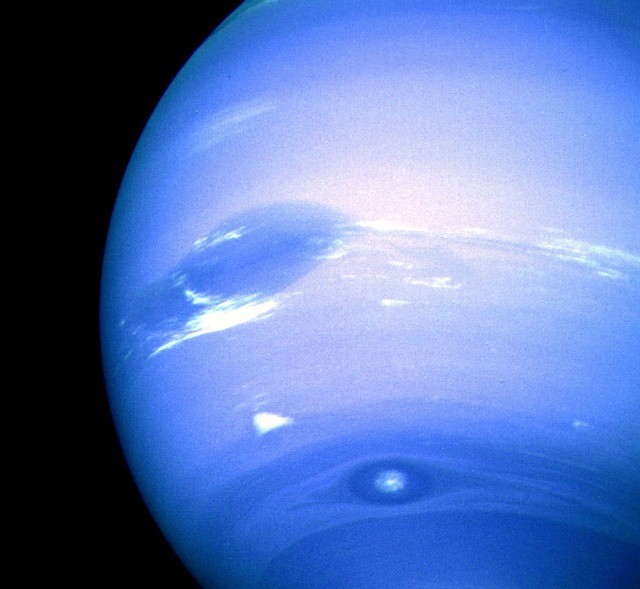Neptune is the farthest major planet in our solar system with a distance of approximately 4.5 billion kilometers from Earth.
One of the two ice giants with the other being Uranus, Neptune is composed of more than 80% hot dense fluid of icy materials.
Above a rocky core, it is made up of ammonia, methane, and water, according to the National Aeronautics and Space Administration (NASA).
The planet was also known for having widespread clouds and supersonic winds.
Being over 30 times as far from the Sun as our planet is, NASA has long known that Neptune receives extremely small sunlight compared to the Blue Planet.
Now, the U.S. space agency discovered recently that Neptune's clouds are disappearing.
Astronomers linked the phenomenon to the current Solar Cycle 25, the 11-year phase that our system's only star goes through where solar activities could weaken or intensify during the period.
Neptune's Disappearing Clouds

In a report on August 17, NASA stated that the unprecedented discovery was confirmed based on three decades worth of Neptune data captured by the space agency's Hubble Space Telescope and the W. M. Keck Observatory in Hawaii, along with the Lick Observatory in California.
The report shows that even though Neptune receives sunlight equivalent to 0.1% of what Earth does, the ice giant planet's global cloudy weather is potentially driven by solar activity and not of its four seasons, which typically last for around 40 years.
The NASA report cited the findings of a team of researchers led by the University of California, Berkeley that the abundance of clouds, normally hovering the mid-latitude atmosphere of Neptune, started to disappear in 2019.
Currently, the Neptune cloud average is "extremely low," according to NASA.
While this is the first report of the phenomenon within Neptune in modern history, it is still unclear if the disappearing clouds has occurred on the planet millions or billions of years ago.
In addition, more work is needed to determine the repercussions of a disintegrating clouds to Neptune's weather and climate.
Regardless, the discovery highlights the impact of our Sun even to planets that are far from it.
Also Read: Neptune One, A Hydrogen Balloon, Will Take You to Outer Space for $125,000
Solar Cycle 25
Based on the latest forecast, Solar Cycle 25 is expected to reach its solar maximum in July 2025, with a peak of 115 sunspots, according to the National Oceanic and Atmospheric Administration (NOAA).
In recent years, the current cycle has been associated with several solar storms, including solar flares and coronal mass ejections (CMEs).
While the Sun's solar cycles are clearly linked with the frequency and intensity of solar storms, due to the continuous entanglement of its magnetic fields, its impact on Neptune's disappearing clouds remains not fully understood.
With this, astronomers will further investigate the physics and chemistry aspects of the event to understand not only the clouds in Neptune but also exoplanets, which are planets beyond our solar system.
Related Article: Neptune Balls: Seagrass Acts as Natural Plastic Sifters in the Ocean
© 2024 NatureWorldNews.com All rights reserved. Do not reproduce without permission.

![Tsunami Hazard Zones: New US Map Shows Places at Risk of Flooding and Tsunamis Amid Rising Sea Levels [NOAA]](https://1471793142.rsc.cdn77.org/data/thumbs/full/70325/280/157/50/40/tsunami-hazard-zones-new-us-map-shows-places-at-risk-of-flooding-and-tsunamis-amid-rising-sea-levels-noaa.jpg)



